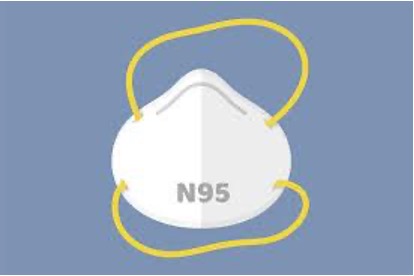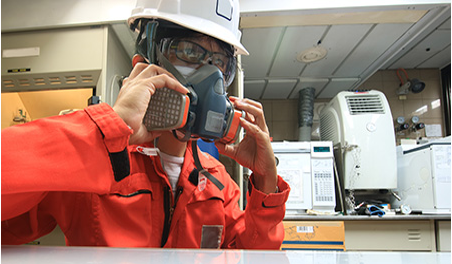

Employees performing certain types of activities may be required to wear a respirator if engineering controls, such as ventilation methods, are not effective at providing appropriate protection against respiratory hazards. A respirator is defined by OSHA as “an apparatus that is worn over the mouth and nose, or the entire face, to prevent inhalation of hazardous substances”.
Common examples of respiratory hazards include dusts, allergens, vapors, fumes, and sprays.
These hazards can be found in areas such as labs, hazardous material storage areas, vivariums, and shops where chemicals, biological agents, animals, or dust particles are often handled or present.
Employees who are required to wear a respirator will be included in the UMBC Respiratory Protection Program. OSHA requires that all employees in the Respiratory Protection Program undergo a medical evaluation and must complete an annual fit test to ensure the respirator continues to effectively protect the employees. Respirators must be NIOSH approved and be the appropriate type of respirator for the environment in which they will be worn.
For more information about the requirements for wearing a respirator at UMBC, please review the UMBC Respiratory Protection Program.
Employees who have concerns or questions regarding respiratory hazards or questions about the UMBC Respiratory Protection Program should contact ESH at 5-2918 or email esh@umbc.edu.